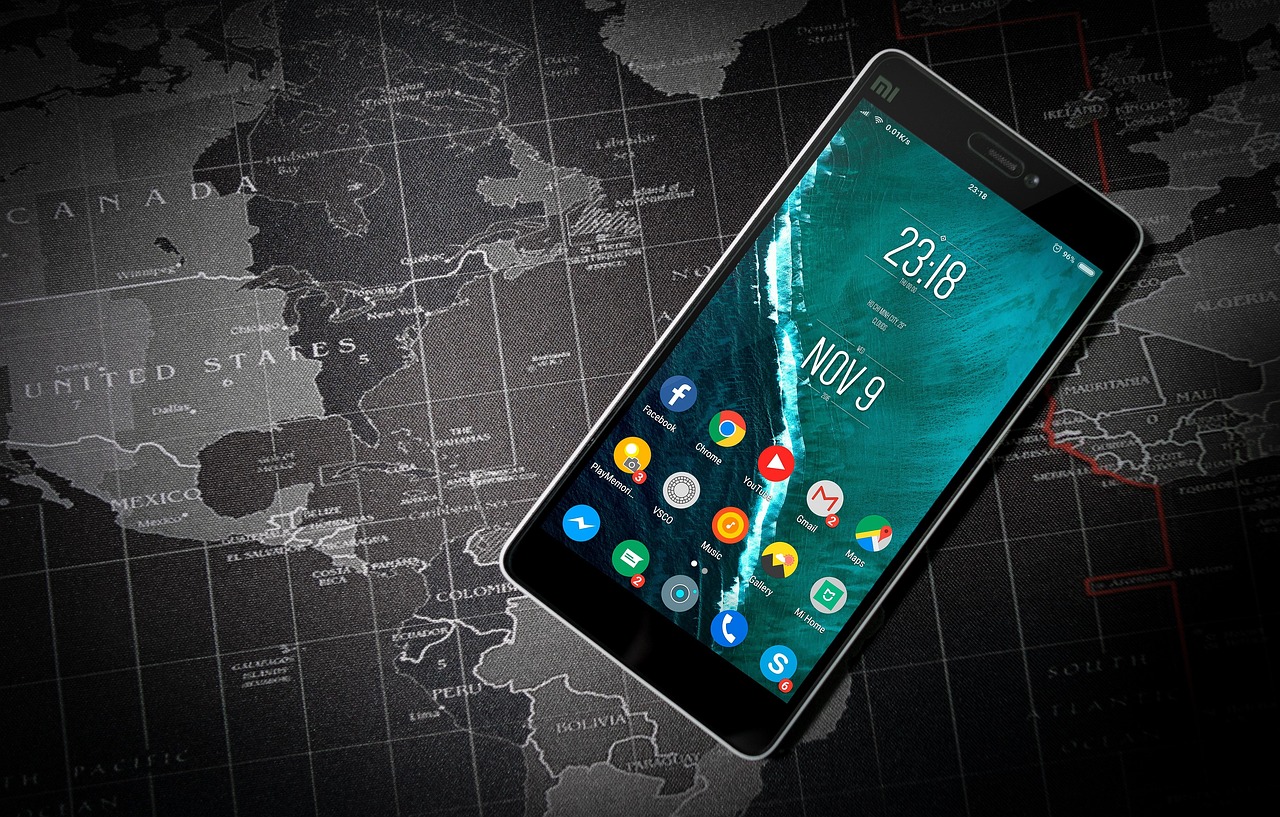5G Myths - Separating Fact from Fiction
Exploring the benefits and risks of 5G technology

5G Myths: Separating Fact from Fiction
The rollout of fifth-generation wireless networks, commonly referred to as 5G, has sparked a mix of excitement and concern. As with any new technology, myths and misconceptions have emerged, often perpetuated by misinformation or misunderstanding. In this article, we'll delve into the good and bad aspects of 5G, separating fact from fiction.
The Good: 5G's Potential to Revolutionize Healthcare
One of the most significant benefits of 5G is its potential to transform healthcare. With faster data transfer rates and lower latency, remote medical consultations can become more seamless, enabling patients to receive timely care without geographical constraints. Additionally, 5G-powered telemedicine can help bridge the gap in rural areas where access to quality healthcare services may be limited.
Improved Patient Care
5G's high-speed connectivity can enable real-time monitoring of patients with chronic conditions, such as diabetes or heart disease. This allows for more effective management and treatment, reducing the risk of complications. Moreover, 5G-powered telehealth platforms can facilitate remote consultations, reducing wait times and increasing access to specialist care.
Enhanced Medical Research
The increased data transfer rates and reduced latency of 5G can also accelerate medical research. Researchers can quickly share and analyze large datasets, facilitating collaboration and breakthroughs in fields like genomics, epidemiology, and precision medicine.
The Bad: Addressing Concerns about 5G's Safety and Impact
While 5G holds significant promise for healthcare, concerns about its safety and impact on society have been raised. Some of these myths include:
Radiation Risks
A common misconception is that 5G emits more radiation than previous generations of wireless technology. In reality, the International Commission on Non-Ionizing Radiation Protection (ICNIRP) has established guidelines for safe exposure limits, which are followed by all major telecommunications companies.
Network Vulnerabilities
Another myth suggests that 5G networks are inherently vulnerable to cyberattacks. While it is true that any network can be compromised, the security measures built into 5G infrastructure, such as encryption and authentication protocols, minimize these risks.
Job Displacement
Some have speculated that 5G will displace human workers in various industries. While automation may indeed change job roles, 5G itself does not pose an existential threat to employment.
Conclusion: A Balanced View of 5G's Potential
In conclusion, the benefits and risks associated with 5G technology are multifaceted. By separating fact from fiction and addressing concerns about safety and impact, we can harness the potential of 5G to transform healthcare while minimizing its negative consequences. As we move forward in this era of rapid technological advancement, it is essential to maintain a balanced perspective, acknowledging both the good and bad aspects of 5G's presence in our lives.
I hope you find this helpful!